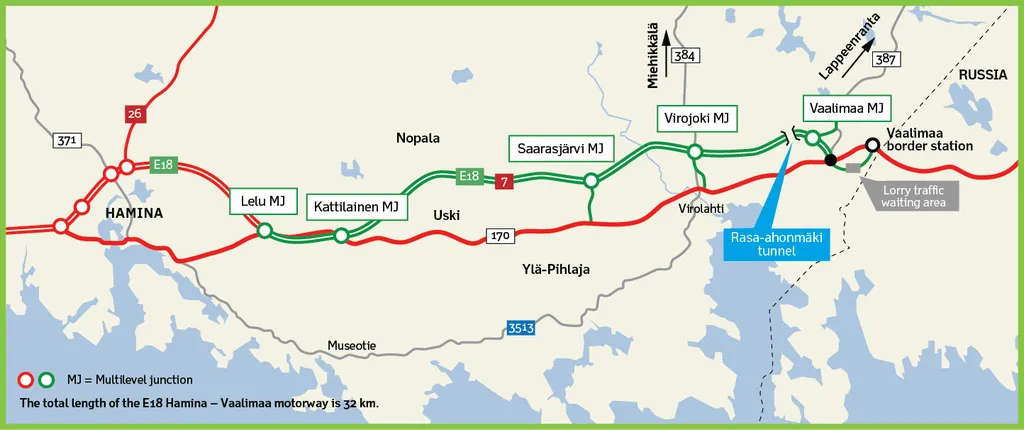New road connections will have to be built for the second Parana River crossing in Paraguay. In all around 37km of new road connections will be required, costing US$180 million. This work will also require the construction of two smaller bridges as well as an overpass section. Financing for the work is being provided via the Development Bank of Latin America (CAF).
June 10, 2019
Read time: 1 min
New road connections will have to be built for the second Parana River crossing in Paraguay. In all around 37km of new road connections will be required, costing US$180 million. This work will also require the construction of two smaller bridges as well as an overpass section. Financing for the work is being provided via the Development Bank of Latin America (CAF).








